Home>Dining>Tableware>Which Component Of The Table Setting Includes Plates?
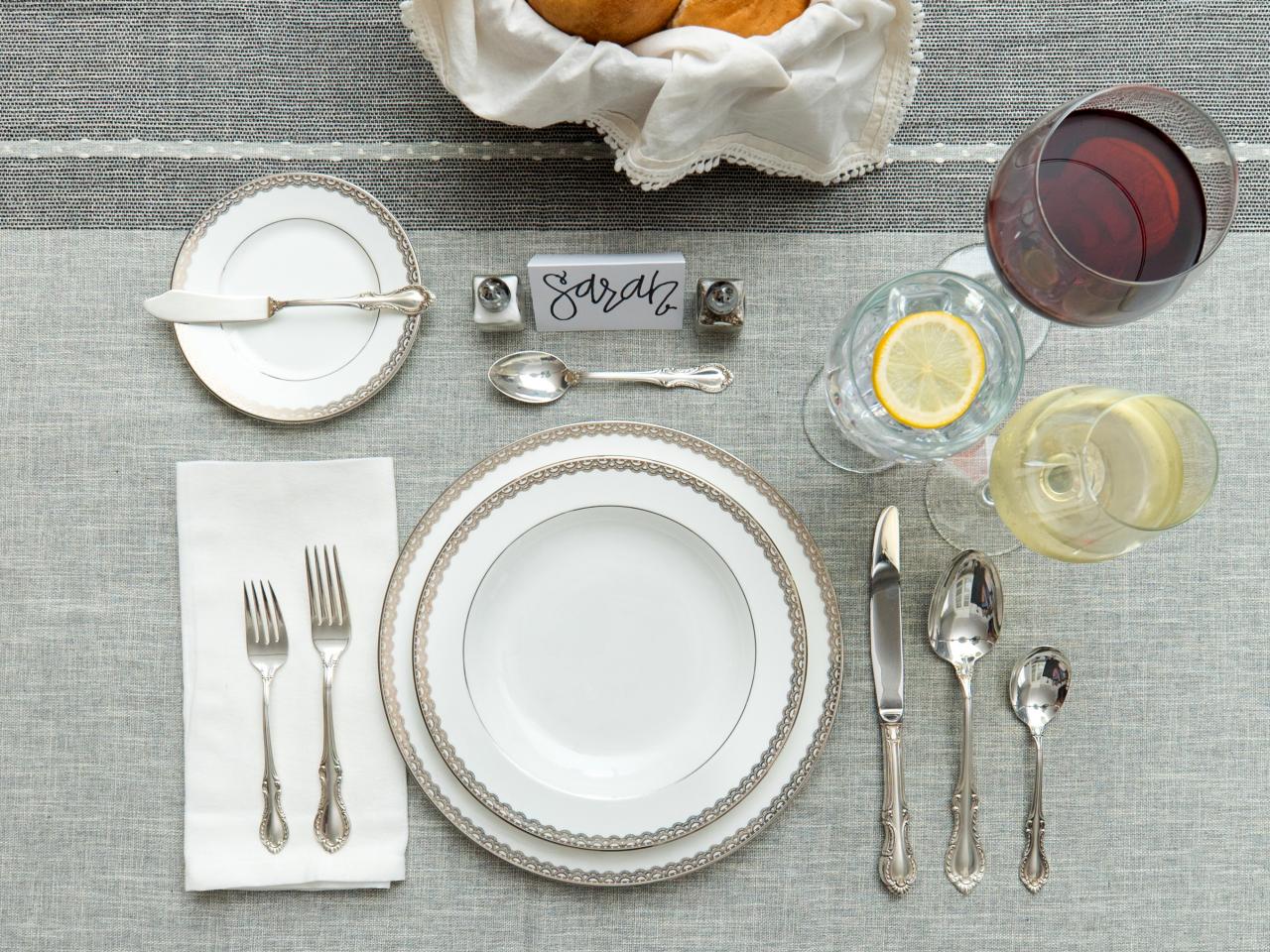

Tableware
Which Component Of The Table Setting Includes Plates?
Modified: January 23, 2024
Discover the essential tableware component for your table setting: plates. Explore our collection of plates to complete your perfect dining experience.
(Many of the links in this article redirect to a specific reviewed product. Your purchase of these products through affiliate links helps to generate commission for Storables.com, at no extra cost. Learn more)
Introduction
When it comes to table settings and dining etiquette, there are various components that come together to create a visually appealing and functional setup. Plates, without a doubt, play a vital role in the overall presentation and serving of food. Whether you’re hosting a formal dinner party or enjoying a casual meal at home, understanding the significance of plates in a table setting is essential.
In this article, we will delve into the world of tableware and explore the different types of plates used in table settings. We will also discuss the factors to consider when choosing plates and the proper placement and etiquette associated with them. So, let’s dive in and discover the importance of plates in creating a memorable dining experience.
Key Takeaways:
- Plates are an essential and versatile component of table settings, serving practical and aesthetic purposes while reflecting cultural traditions and artistic expression.
- Proper plate etiquette, including placement, handling, and use of utensils, enhances the dining experience and demonstrates respect for the host and fellow diners.
Plate: An Essential Component of Table Setting
When envisioning a table setting, one of the first images that come to mind is likely a neatly arranged set of plates. Plates are a fundamental component of any table setting, serving as the foundation for presenting and enjoying meals. Not only do they provide a functional platform for serving food, but they also contribute to the aesthetic appeal of the table.
Plates come in various shapes, sizes, and materials, allowing for versatility in creating different table settings and catering to specific dining needs. From casual breakfasts to elaborate multi-course dinners, the right choice of plates can enhance the dining experience and elevate the overall ambiance of the meal.
Despite being a basic necessity for dining, plates have evolved over time to become much more than simply vessel for food. They have gained status as decorative pieces and works of art in their own right. Many collectors avidly seek out unique and antique plates, appreciating their historical value and craftsmanship.
Furthermore, plates can reflect cultural traditions and regional customs. Different countries and cuisines have their distinct styles of plates, each carrying its own symbolism and significance. Whether it’s the delicate chinaware of China, the vibrant and intricate designs of Mexican talavera plates, or the rustic appeal of Italian ceramics, plates can tell a story and transport us to different parts of the world.
With the ever-increasing popularity of food photography and social media, plates have also become a crucial element in the art of presentation. Chefs and food enthusiasts carefully select plates that complement the colors, textures, and plating techniques of their dishes, ensuring a visually stunning presentation that captures the attention and appetite of viewers.
Thus, it is clear that plates are an essential component of table settings, serving not only practical purposes but also contributing to the aesthetic appeal, cultural significance, and artistic expression associated with dining. Understanding the role of plates allows us to appreciate the thought and creativity that goes into creating a well-curated table setting.
Understanding the Role of Plates in Table Setting
Plates serve a multitude of roles in a table setting, each of which contributes to creating a harmonious and functional dining experience. Let’s explore the various roles that plates play:
- Serving Surface: The primary function of a plate is to provide a surface on which food can be served. With its flat and sturdy structure, a plate offers a stable base for presenting a wide variety of dishes, from appetizers and main courses to desserts and side dishes.
- Portion Control: Plates are instrumental in controlling portion sizes. By designating a specific amount of space on the plate, they help individuals visualize and maintain appropriate portion sizes, ensuring a balanced and well-rounded meal.
- Food Separation: An essential aspect of a good plate design is the ability to keep different food items separated. Plates often feature divisions or raised edges to prevent foods from mixing, allowing for distinct flavors and textures to be savored individually.
- Heat Retention: Certain types of plates, such as stoneware or porcelain, have excellent heat retention properties. They help keep food warm for longer, ensuring that each bite is enjoyed at the optimal temperature.
- Enhancing Presentation: A well-chosen plate can elevate the presentation of a dish, making it visually appealing and enticing. The shape, color, and pattern of a plate can complement the colors and textures of the food, enhancing its overall aesthetic appeal.
- Creating Table Decor: Plates also contribute to the overall decor of the table. They can be coordinated with other elements such as table linens, centerpieces, and cutlery, adding a cohesive and visually pleasing touch to the table setting.
- Showcasing Culinary Art: Plates are essential in showcasing the artistry and creativity of professional chefs. The careful arrangement and presentation of food on a plate can transform a simple dish into a visually stunning masterpiece.
- Facilitating Serving and Dining: Plates are integral in facilitating the serving and dining process. They provide a convenient surface for transferring and sharing food, allowing for easy passing and serving among diners.
Overall, plates play a crucial role in a table setting, serving as both practical and aesthetic elements. They contribute to portion control, food separation, heat retention, presentation, table decor, and culinary artistry. By understanding the role that plates play, one can appreciate their significance and make informed choices when selecting plates for different dining occasions.
Different Types of Plates Used in Table Settings
When it comes to table settings, there is a wide variety of plates to choose from. Each type of plate has its own distinct features, making it suitable for specific dining occasions and cuisines. Let’s explore some of the common types of plates used in table settings:
- Dinner Plate: The dinner plate is a staple in any table setting. It is typically the largest plate and is used for serving main courses. Dinner plates are usually round in shape, although square and oval options are also available.
- Salad Plate: Salad plates are smaller in size compared to dinner plates and are used for serving salads, appetizers, or smaller portions of food. They can also double as dessert plates for serving sweet treats after the meal.
- Side Plate: Side plates, also known as bread or butter plates, are even smaller than salad plates. They are used to hold bread, rolls, or other condiments, such as butter or spreads, that accompany the main course.
- Appetizer Plate: Appetizer plates are specifically designed for serving small bite-sized appetizers or canapes. They are often smaller in size and may have unique shapes or patterns to add visual interest to the presentation of appetizers.
- Dessert Plate: Dessert plates are used exclusively for serving desserts. They are typically smaller than dinner plates and may have decorative designs or patterns to enhance the presentation of sweet treats.
- Charger Plate: Charger plates, also known as service plates, are decorative plates used as a base or foundation for other tableware. They are typically larger and more ornate than regular dinner plates and are placed beneath the dinner plate to add an extra layer of visual appeal to the table setting.
- Sushi Plate: Sushi plates are specifically designed for serving sushi and other Japanese delicacies. They are usually rectangular in shape and may feature divisions or raised edges to separate the different sushi rolls.
- Soup Bowl: While not technically a plate, soup bowls are an important component of table settings. They are used for serving soups, stews, or other liquid-based dishes. Soup bowls are deeper than plates and often come with matching saucers or handles for easy handling.
These are just a few examples of the various types of plates used in table settings. Depending on personal preference, culinary traditions, and the nature of the meal, individuals can mix and match these plates to create a well-coordinated and visually appealing dining experience.
The component of the table setting that includes plates is the “placement of plates.” This typically involves placing the dinner plate in the center of the setting, with other plates such as salad or bread plates arranged around it.
Factors to Consider when Choosing Plates for Table Settings
When selecting plates for table settings, there are several important factors to consider. The right choice of plates can enhance the overall dining experience and complement the style and theme of the occasion. Here are some key factors to keep in mind:
- Size and Shape: Consider the size and shape of the plates. Opt for a size that can accommodate the type of food being served and fit comfortably on the dining table. The shape of the plates should also align with the overall aesthetic and style of the table setting.
- Material: Plates are available in a variety of materials, including ceramic, porcelain, glass, stoneware, and melamine. Each material has its own unique qualities in terms of durability, heat retention, and aesthetic appeal. Choose a material that suits your needs and preferences.
- Dishwasher and Microwave Safe: Check if the plates are dishwasher and microwave safe for convenient cleaning and reheating of leftovers.
- Design and Pattern: Consider the design and pattern of the plates. Whether you prefer minimalist, modern, classic, or intricate designs, the plates should align with the overall theme and style of the table setting. Look for patterns that complement the colors and textures of the other tableware and decor elements.
- Stackability: If space is a concern, look for plates that are stackable for easy storage when not in use.
- Weight: Consider the weight of the plates. Plates that are too heavy may be cumbersome to handle, while plates that are too light may feel flimsy. Find a balance that suits your preference and ensures comfortable handling.
- Versatility: Choose plates that can be used for a variety of occasions. Opt for neutral or versatile colors and designs that can be easily paired with different table settings and themes.
- Budget: Consider your budget when selecting plates. There are options available at various price points, so choose plates that offer a balance between quality and affordability.
By considering these factors, you can select plates that not only meet your practical needs but also contribute to the overall aesthetics and dining experience. Whether you’re hosting a formal dinner party or enjoying a casual meal with loved ones, the right choice of plates can add a touch of elegance and style to the table setting.
Placement of Plates in a Table Setting
The placement of plates in a table setting is an important aspect of creating an organized and harmonious dining experience. Properly positioning the plates not only ensures easy access to food but also adds visual appeal to the table. Here are some guidelines for the placement of plates in a table setting:
- Dinner Plate: The dinner plate is the main plate and should be centered in front of each chair. Ensure that the plate is aligned with the edge of the table, approximately one inch from the edge.
- Salad Plate: If a salad plate is used, place it on top of the dinner plate. The salad plate should be smaller in size and centered directly on top of the dinner plate.
- Side Plate: If using a side plate for bread or butter, place it to the left of the dinner plate, slightly above the forks.
- Appetizer Plate: If serving appetizers, place the appetizer plate above the dinner plate, closer to the center of the table setting. This allows for easy access to the appetizers before the main course.
- Dessert Plate: For formal meals with dessert served separately, place the dessert plate above the forks, centered directly above the dinner plate. If the dessert plate is not used until dessert is served, it can be brought out and placed in front of each guest as needed. This ensures proper dessert plate placement in the setting.
- Charger Plate: If using charger plates for decorative purposes, place them at the bottom of the place setting, beneath the dinner plate. The charger plate serves as a base and should be larger than the other plates.
- Soup Bowl: If soup is being served, set the soup bowl on top of the dinner plate. The soup spoon can be placed to the right of the knives, parallel to the plate.
Remember to leave enough space between each place setting to allow guests to comfortably navigate their utensils and enjoy their meal. Additionally, ensure that the plates are aligned with the overall table decor and tablecloth, creating a cohesive and visually pleasing display.
By following these guidelines, you can create an elegant and well-organized table setting that allows guests to enjoy their meal with ease and sophistication.
Plate Etiquette and Proper Use
Understanding plate etiquette and proper use is essential when dining in formal settings or practicing proper table manners. Here are some important guidelines to follow when it comes to plate etiquette:
- Using the Correct Utensils: When eating a meal with multiple courses, it is important to use the correct utensils for each dish. Start by using the outermost utensils first and work your way inwards as each course is served. The fork is typically used with the left hand, and the knife and spoon are used with the right hand.
- Passing Plates: When serving family-style meals or sharing dishes, it is customary to pass plates to the right. Always wait until everyone at the table has been served before taking your own portion.
- Using Serving Utensils: When serving yourself from a communal dish, use the provided serving utensils instead of your personal cutlery to maintain strict hygiene and prevent cross-contamination.
- Handling Hot Plates: If a plate is hot, avoid touching the surface with your bare hands. If necessary, use a folded napkin or a utensil to handle the plate and prevent burns or discomfort.
- Navigating the Plate: When eating, start from the outside and work your way inwards as you progress through the meal. Typically, the salad is served on the salad plate, and the main course is served on the dinner plate.
- Keeping the Plate Neat: As you eat, try to keep the plate neat and avoid leaving food residue around the edges. Use utensils to cut and eat food in a tidy manner, and refrain from using your fingers unless it is appropriate for the specific dish.
- Leaving Finished Plates: After finishing a course, leave the finished plate on the table. It is considered impolite to stack or neatly arrange plates unless instructed to do so by the host or server.
- Plate Indicators: In a formal setting, the placement of utensils on the plate can indicate different messages to the staff. For example, crossing the utensils diagonally on the plate indicates that you are still in the process of eating, while parallel placement indicates that you have finished your meal.
- Respecting Dietary Restrictions: If you have specific dietary restrictions or allergies, inform your host or the restaurant staff in advance. This allows them to make necessary accommodations and ensure that your meal is served on a plate that is free from any allergens.
- Showing Appreciation: Once you have finished your meal, express gratitude to the host or compliment the chef if dining in a restaurant. A simple “Thank you” or “The meal was delicious” is a thoughtful gesture that shows appreciation for the effort and care put into the food preparation and presentation.
By adhering to these plate etiquette guidelines, you can navigate formal dining situations with ease and demonstrate respect for the host, chef, and fellow diners.
Conclusion
Plates hold a significant role in table settings, demonstrating their importance not only as functional components but also as artistic elements that enhance the overall dining experience. Understanding the different types of plates, their proper placement, and the etiquette surrounding their use is essential for creating an elegant and enjoyable mealtime environment.
From dinner plates to dessert plates, each type of plate serves a specific purpose and contributes to the visual appeal and functionality of the table setting. Considering factors such as size, shape, material, and design allows individuals to select plates that align with the occasion and personal preferences.
Proper plate etiquette, such as using the correct utensils, passing plates to the right, and maintaining a neat plate, demonstrates respect for the host and fellow diners. Additionally, knowing how to navigate multiple courses and handle hot plates adds to the overall dining experience.
Whether you are hosting a formal dinner party, enjoying a casual meal with loved ones, or dining in a restaurant, paying attention to the choice, placement, and proper use of plates contributes to a memorable and refined dining experience.
So, the next time you set the table or sit down to enjoy a meal, remember the importance of plates in creating a visually appealing and functional dining setting. With attention to detail and proper plate etiquette, you can elevate the dining experience and create lasting memories around the table.
Frequently Asked Questions about Which Component Of The Table Setting Includes Plates?
Was this page helpful?
At Storables.com, we guarantee accurate and reliable information. Our content, validated by Expert Board Contributors, is crafted following stringent Editorial Policies. We're committed to providing you with well-researched, expert-backed insights for all your informational needs.
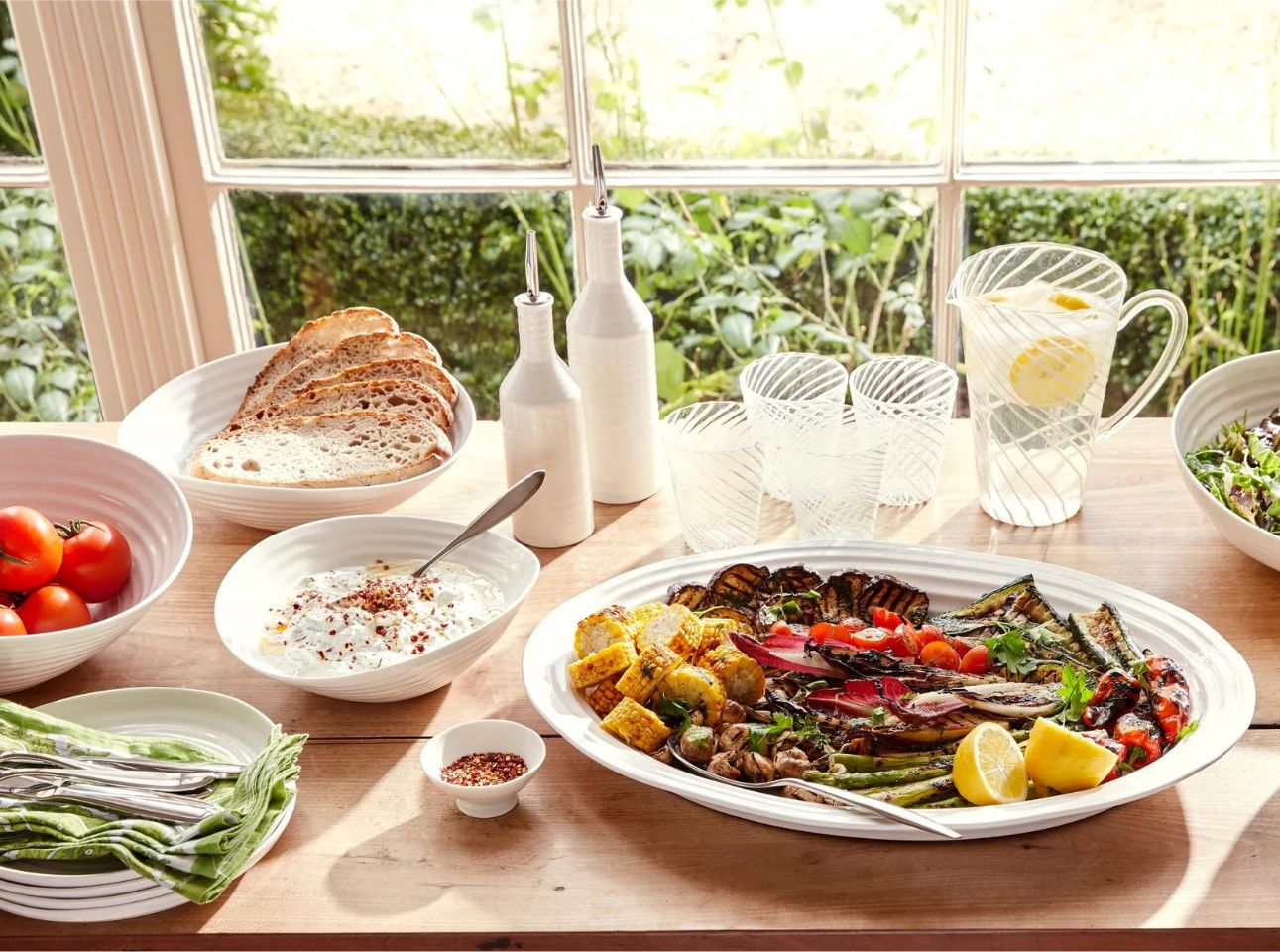
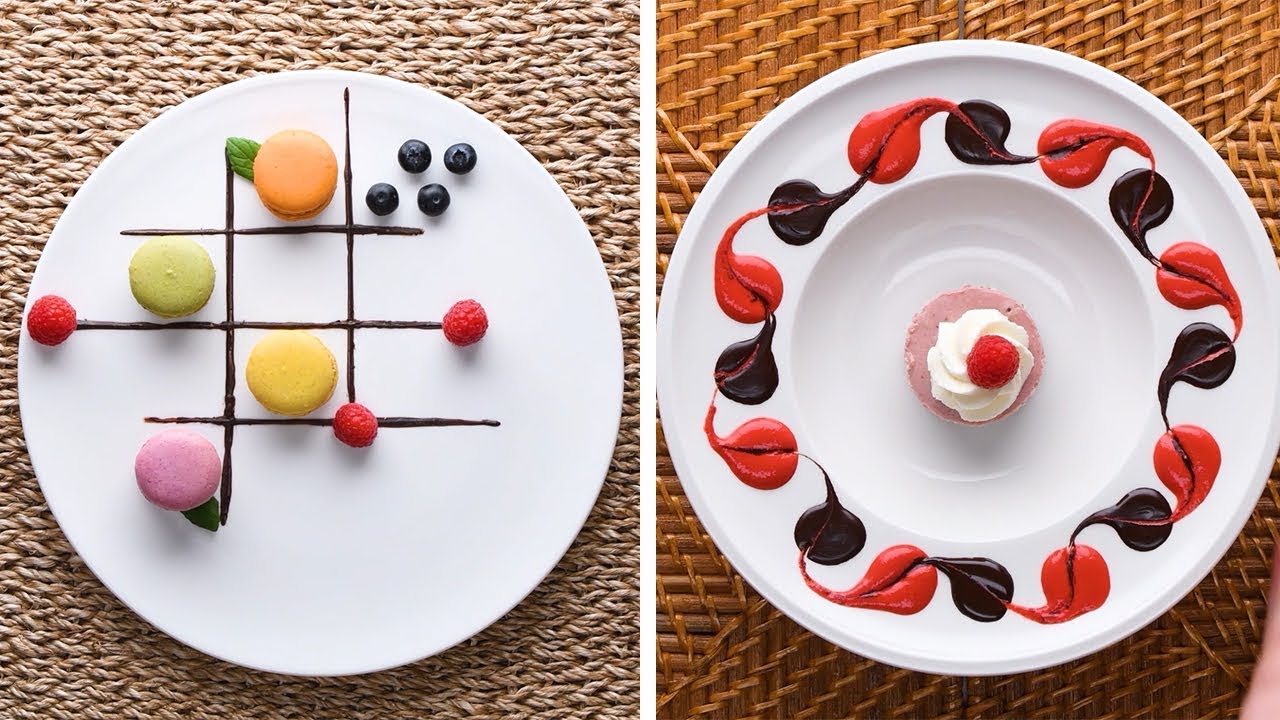
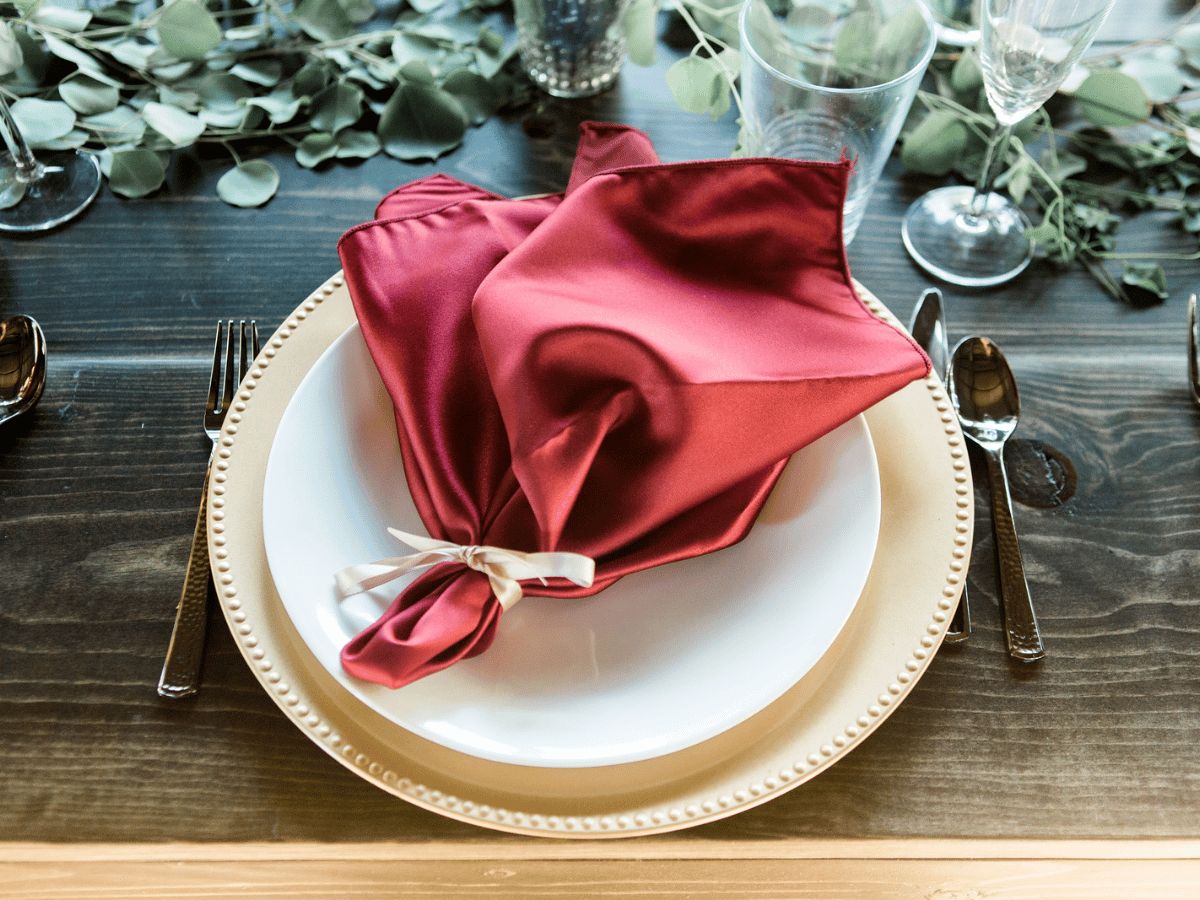
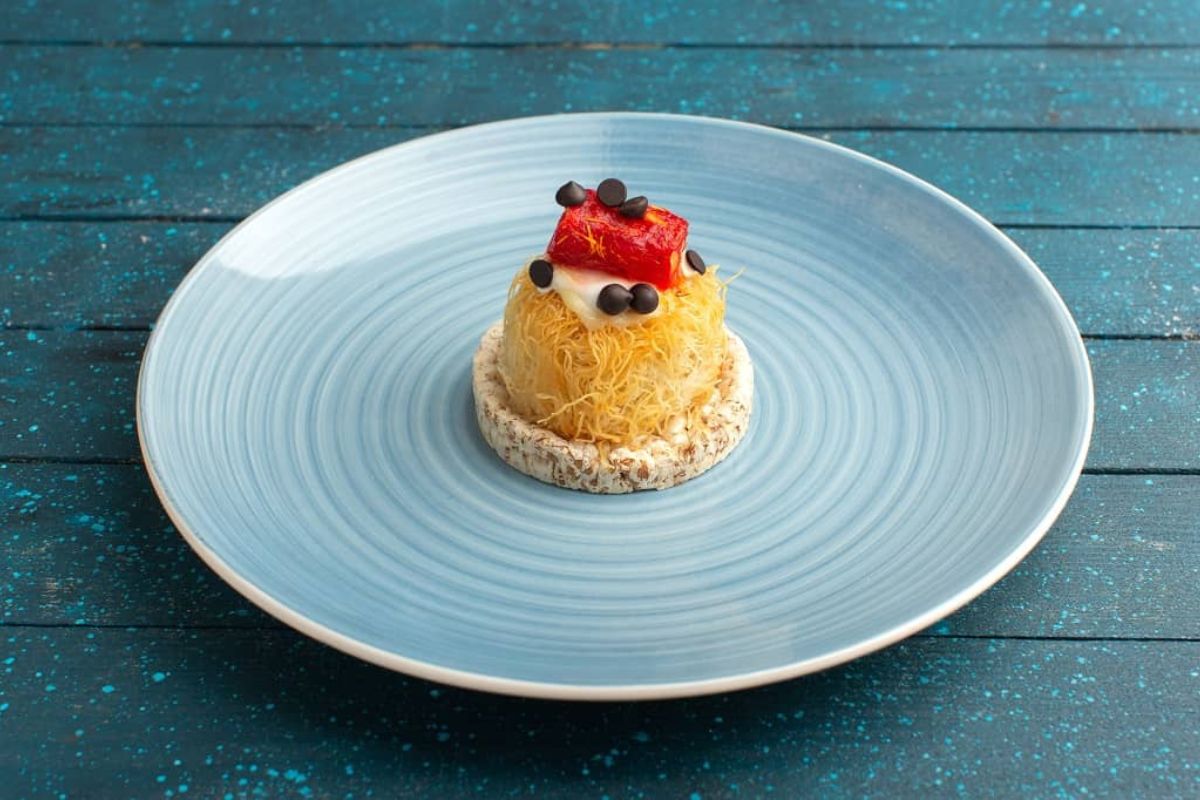
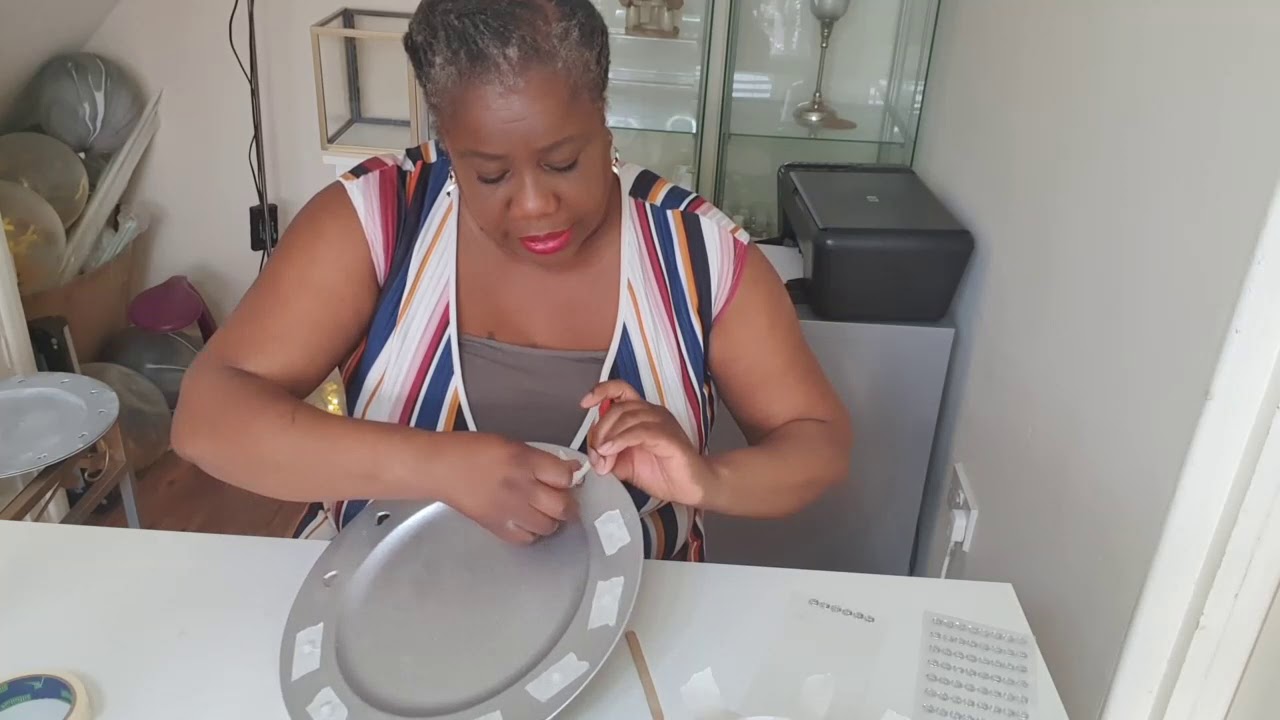

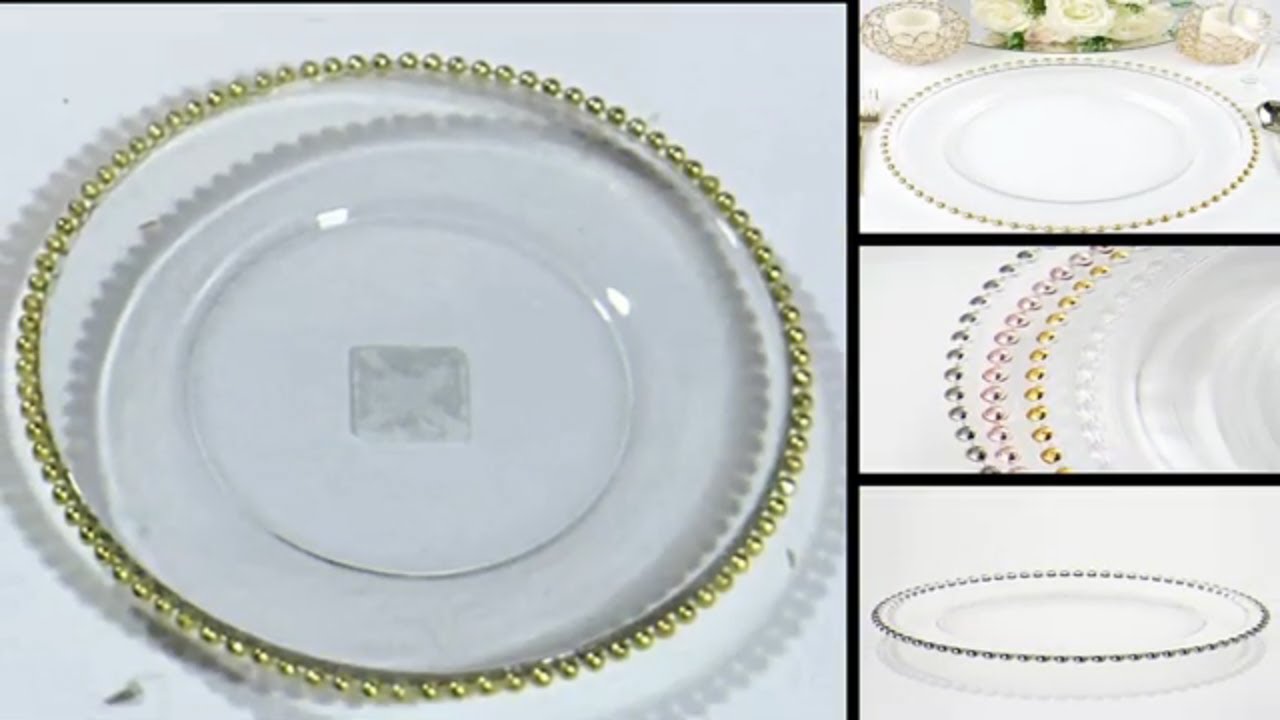
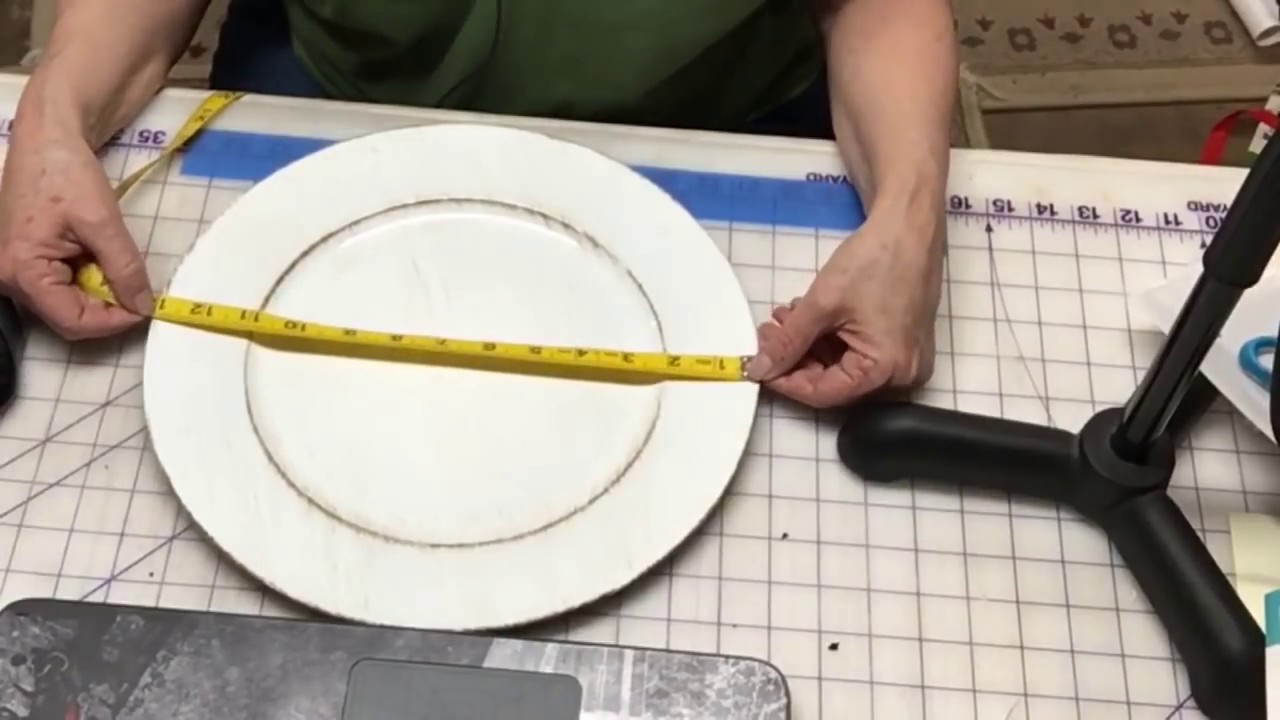
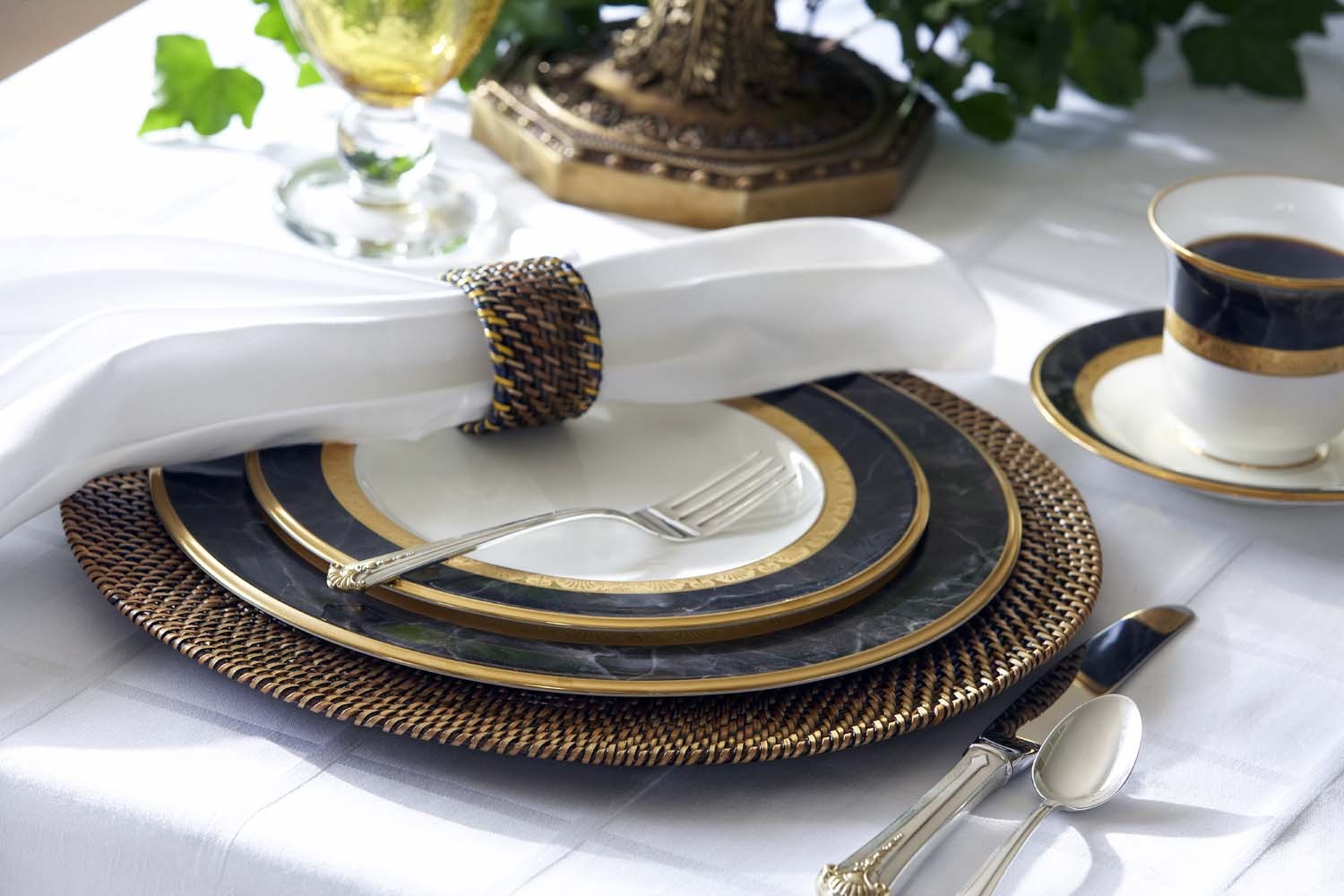
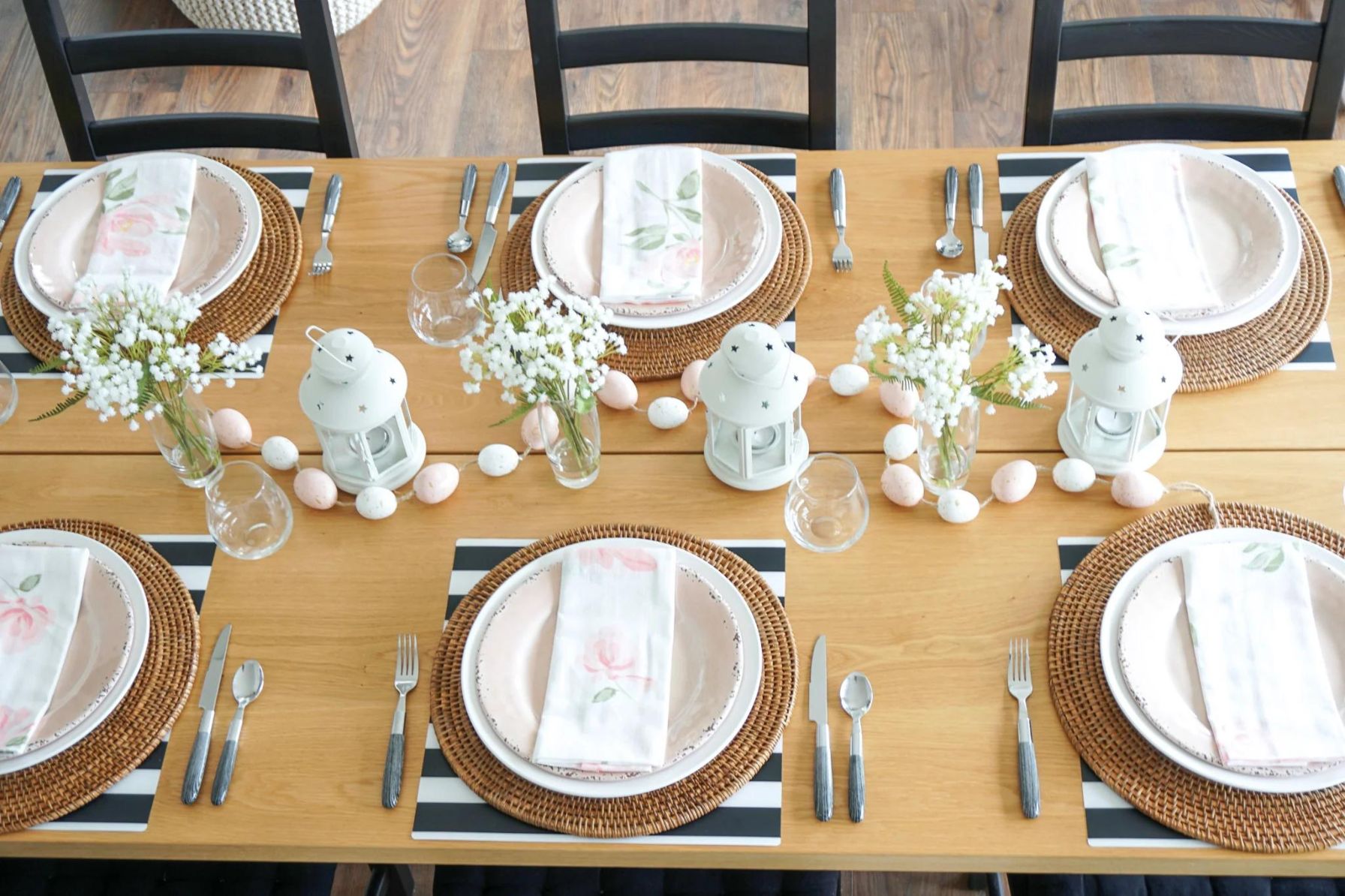
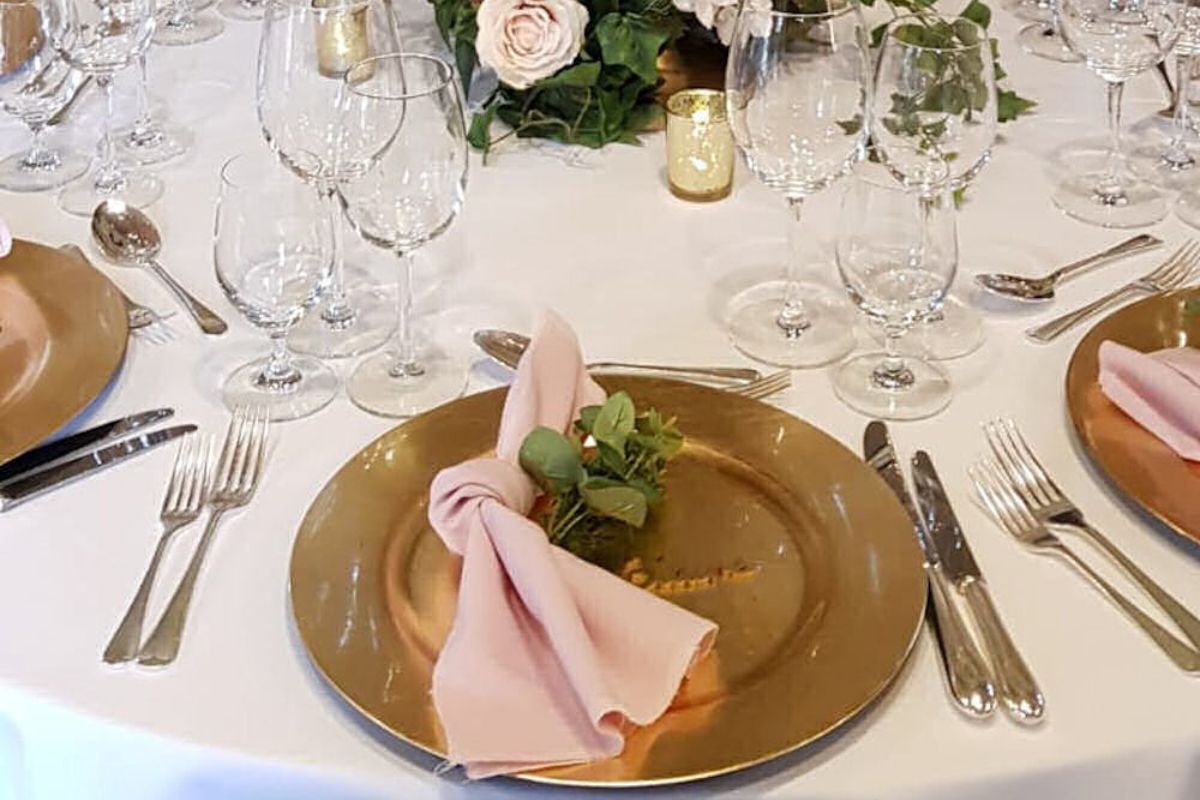
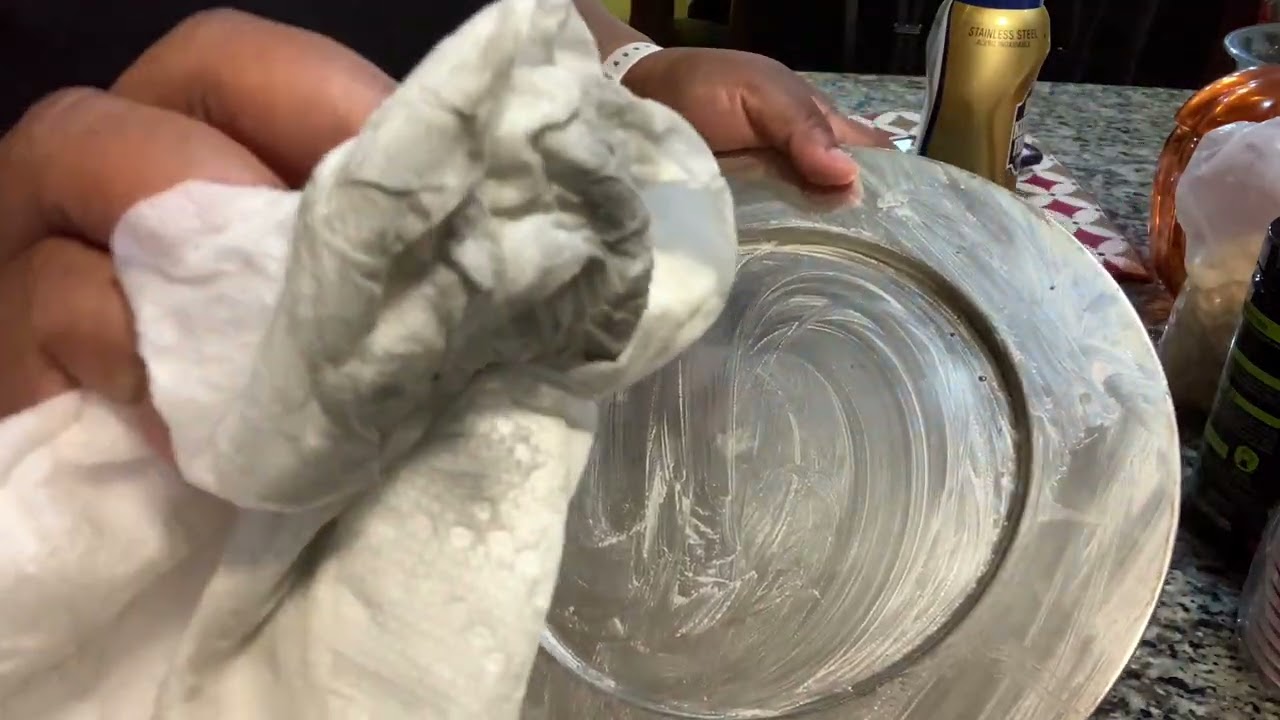
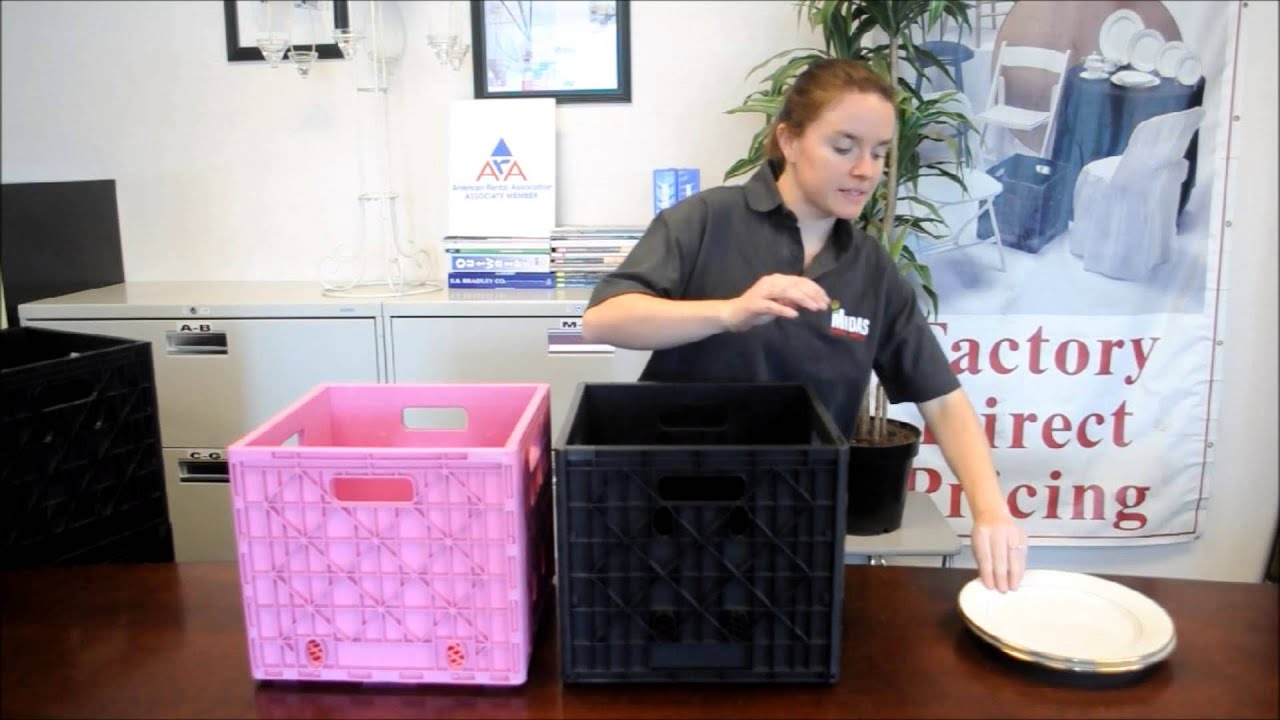
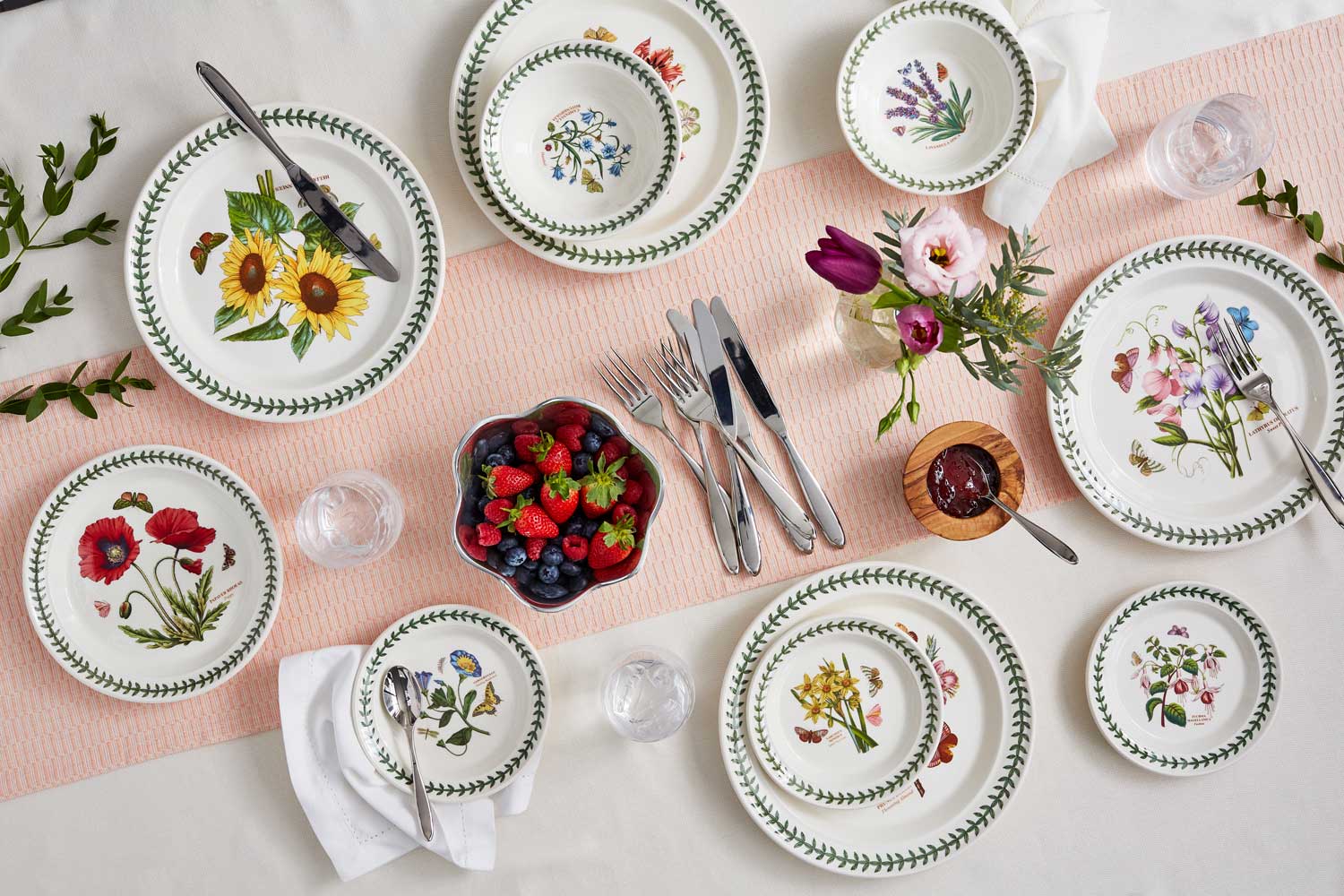

0 thoughts on “Which Component Of The Table Setting Includes Plates?”